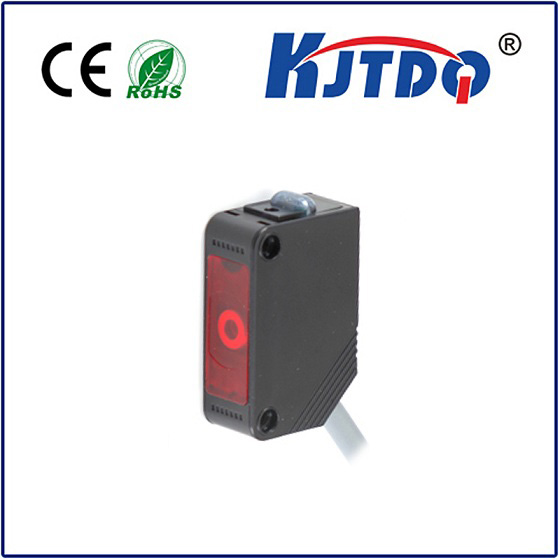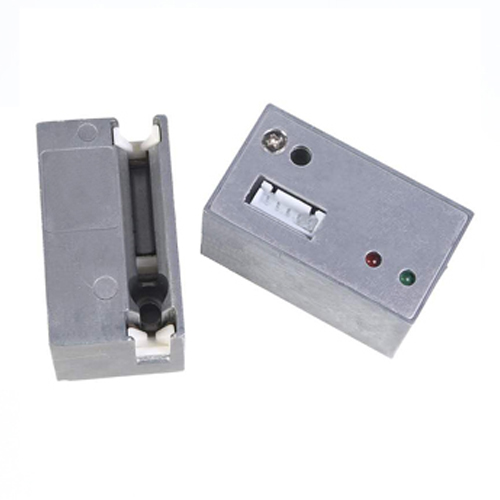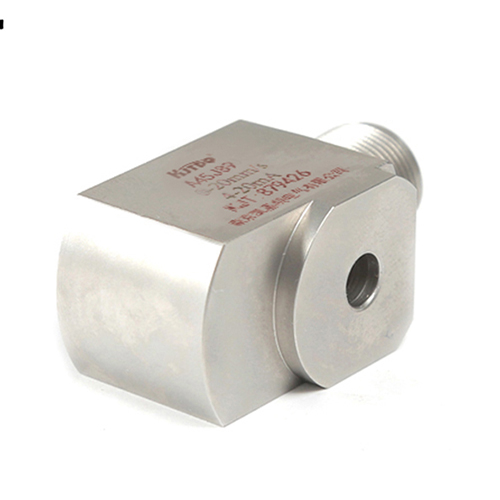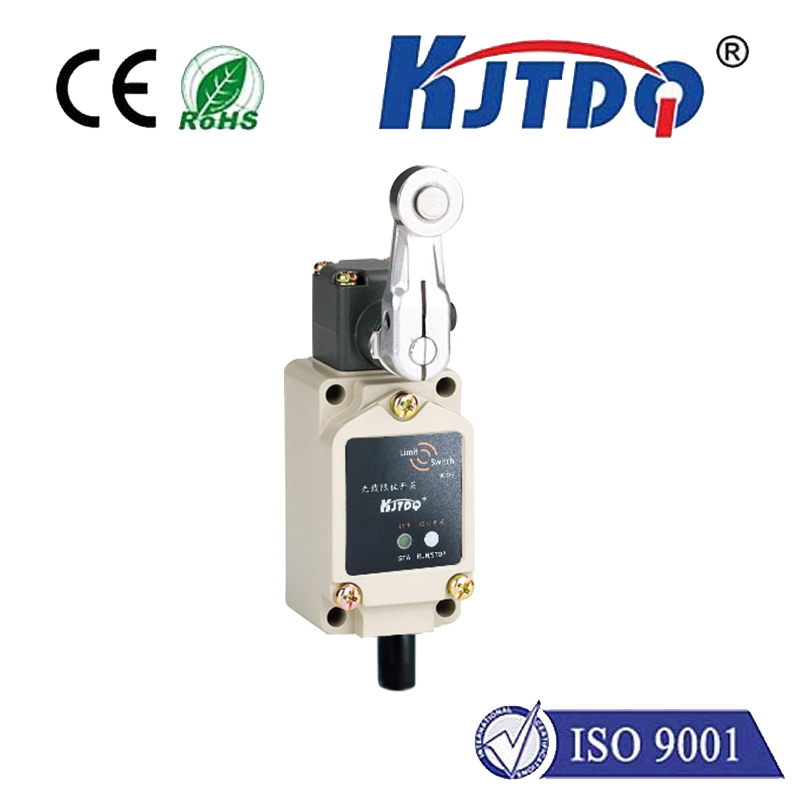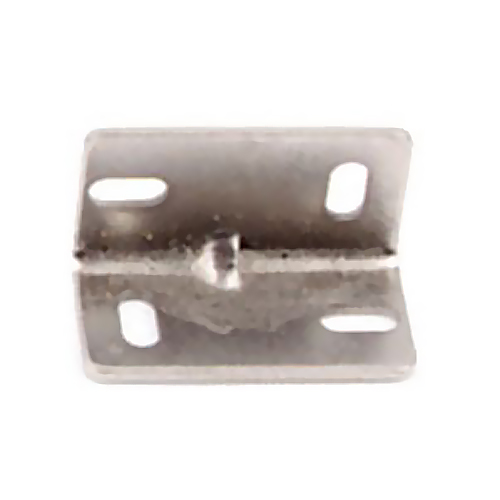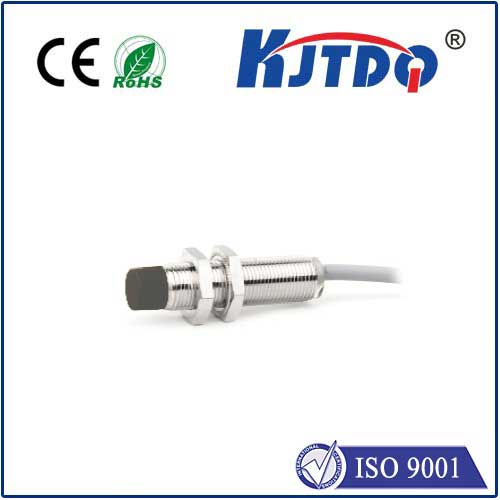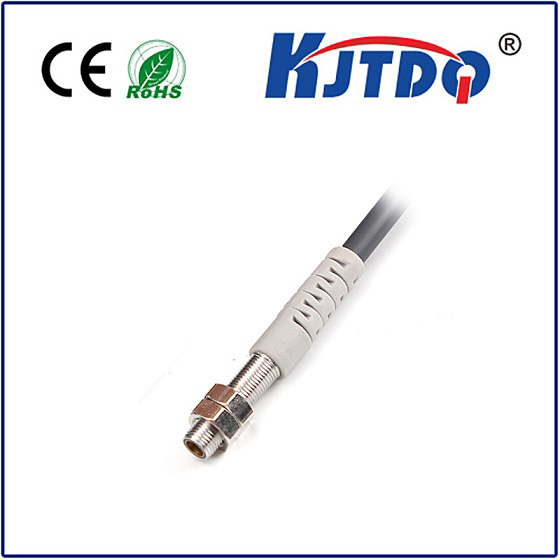ir proximity sensor 3v
- time:2025-09-09 05:11:07
- Нажмите:0
Mastering Minimal Power: Your Guide to 3V IR Proximity Sensors for Efficient Sensing
Title: The Essential Guide to 3V IR Proximity Sensors: Low Voltage, Big Impact
In the constantly shrinking world of electronics, power efficiency isn’t just a luxury; it’s a fundamental requirement. From pocket-sized wearables to intricate sensor networks, the demand for components that sip power rather than guzzle it is paramount. Enter the 3V IR proximity sensor – a compact, energy-conscious champion perfectly suited for the battery-powered revolution. If you’re designing devices where longevity and size are critical, understanding and utilizing these low-voltage infrared sensors is no longer optional; it’s essential. This guide dives deep into what makes them tick, why they matter, and where they shine.
Understanding the Core: What is a 3V IR Proximity Sensor?
At its heart, an IR proximity sensor detects the presence or absence of an object nearby without physical contact, utilizing the properties of infrared light. The “3V” specification is crucial: it indicates the sensor is designed to operate effectively at a nominal supply voltage of 3 volts, aligning perfectly with the capabilities of common lithium coin cells (like CR2032), single-cell LiPo/Li-ion batteries, or regulated power rails derived from higher voltage sources. This low operating voltage is the key to their widespread adoption in portable and power-sensitive applications.
How Does the Magic Happen? The Working Principle

The operating principle of a standard 3V infrared proximity sensor is elegantly simple:
- Infrared Emission: An internal infrared light-emitting diode (IR LED) emits a beam of invisible infrared light when powered. This LED runs efficiently at the 3V supply.
- Reflection Detection: If an object is present within the sensor’s designed detection range, a portion of this emitted IR light reflects off the object’s surface.
- Sensing the Reflection: A dedicated infrared photodiode or phototransistor acts as the receiver. This component is tuned to be sensitive to the same wavelength of IR light emitted by the LED. When reflected IR light hits the receiver, it generates a small electrical current proportional to the intensity of the received light.
- Signal Processing: The sensor module incorporates integrated circuitry (often including amplification, demodulation, and noise filtering) that processes the weak signal from the receiver. This circuit is specifically designed to function reliably at the low voltage of 3V.
- Output: Based on the processed signal strength, the sensor provides a clear output. This is typically:
- А.digital signal (HIGH/LOW) indicating presence/absence beyond a certain threshold.
- An analog signal (varying voltage) proportional to the distance (or reflectivity) of the object.
- Some advanced sensors use I2C or UART interfaces to provide digital distance readings.
Why 3V? The Compelling Advantages
Choosing a 3V IR proximity sensor offers distinct benefits over sensors requiring higher voltages (like 5V or 12V), particularly in the modern electronics landscape:
- Unmatched Energy Efficiency: This is the standout advantage. Running electronics at lower voltages inherently consumes less power (P = V^2 / R). A sensor optimized for 3V operation significantly extends battery life in portable devices like wearables, remote controls, and IoT sensor nodes. Low power consumption is often the non-negotiable factor.
- Seamless Battery Integration: 3V aligns perfectly with the natural voltage range of readily available, compact power sources like:
- Single-cell Lithium coin/button batteries (CR2032, CR2025: ~3V).
- Single-cell Lithium-Polymer (LiPo) or Lithium-Ion (Li-ion) batteries (nominal 3.7V, but effectively dips to ~3V when discharged).
- Two series-connected Alkaline or NiMH cells (3V nominal).
- This eliminates or simplifies the need for step-down voltage regulation, saving space, cost, and complexity.
- Compact Form Factor: 3V IR sensor modules are often designed with miniaturization in mind, fitting easily into space-constrained designs like smartphones, small robots, earbud cases, and compact consumer electronics. The inherent simplicity of the low-voltage circuitry aids in reducing size.
- Direct Microcontroller Compatibility: Many modern microcontrollers (MCUs) and system-on-chips (SoCs) used in battery-powered devices operate their core logic and I/O pins at voltages like 1.8V, 2.8V, or 3.3V. A 3V output signal from a proximity sensor typically interfaces directly and safely with these digital inputs without requiring level-shifting circuitry, further simplifying design.
- Reduced Heat Generation: Operating at lower voltages generally produces less waste heat, which can be beneficial in enclosed spaces or sensitive applications, contributing to overall system stability and reliability.
Where 3V IR Proximity Sensors Make a Difference: Key Applications
The unique strengths of 3V IR proximity sensors make them invaluable across diverse fields:
- Consumer Electronics: Smartphones and tablets (screen on/off during calls, auto-brightness adjustments), smartwatches/fitness trackers (sleep detection, gesture control), earbuds (in-ear detection for auto-play/pause), remote controls, toys (object detection).
- Wearables & IoT: Proximity detection in health monitors, battery-saving wake-up triggers for sensors, presence detection in smart home devices.
- Robotics: Simple obstacle avoidance for small robots and drones, line following, cliff detection.
- Industrial & Automation: Low-power object detection in hand-held tools, position sensing in battery-operated equipment, fill-level detection in portable devices.
- Battery-Powered Appliances: Touchless controls for hand dryers or soap dispensers running on batteries, power-saving functions in portable instruments.
Selecting the Right 3V IR Sensor: Key Considerations
Not all 3V IR proximity sensors are identical. Consider these factors for your project:
- Detection Range: How far away do you need to detect objects? Ranges vary significantly, from a few millimeters to tens of centimeters. Choose one that matches your spatial requirements.
- Output Type: Digital (simple on/off), Analog (distance/reflectivity), or Digital Serial (I2C, UART)? Digital is simplest; analog offers more info; serial provides calibrated distance data easily.
- Current Consumption: Critical for battery life. Check both active (when sensing) and idle/sleep current specs. Look for low quiescent current, especially for always-on applications.
- Response Time: How quickly does it detect changes? Important for fast-moving objects or rapid interactions.
- Environmental Robustness: Resistance to ambient light interference is vital. Look for sensors with modulated IR light and corresponding signal processing to filter out sunlight or artificial light noise. Some sensors offer adjustable sensitivity to compensate for different object materials/colors.
- Physical Size & Mounting: Ensure the sensor’s physical dimensions and mounting options (hole size, pins) fit your design constraints.
Implementing Effectively: Best Practices
To get the most out of your 3V infrared proximity sensor:
- Power Supply Stability: While tolerant of a range around 3V (e.g., 2.7V to 3.6V is common), ensure your power source is clean and stable, especially as batteries discharge. Noise can affect sensitivity.
- Optical Path Clarity: Keep the IR LED and receiver lenses clean and unobstructed. Avoid placing dark or IR-absorbing materials directly over them.
- Minimizing Ambient IR Noise: Position the sensor away from strong sources of IR (like heaters or direct sunlight). Using the sensor’s modulated output feature (if available) significantly enhances ambient light rejection.
- Calibration & Thresholds:



